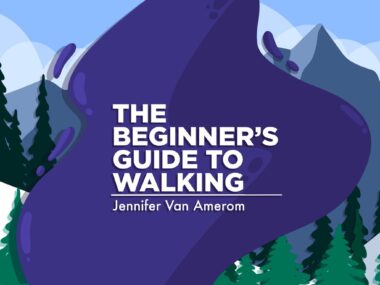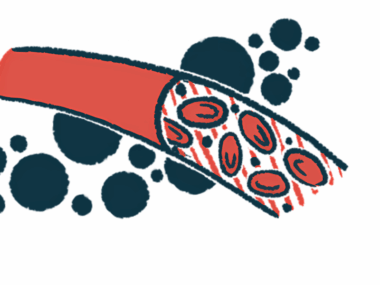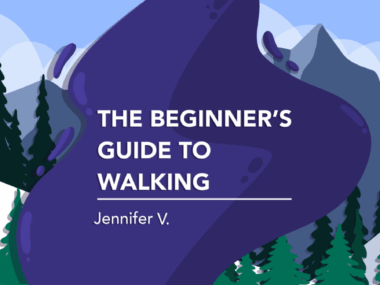How medical marijuana eases my daughter’s NMOSD pain
Medical marijuana cream has been a godsend for this columnist's daughter
Written by |

Note: This column describes the author’s own experiences with medical marijuana products. Not everyone will have the same response to treatment. Consult your doctor before starting or stopping a therapy.
Living in Colorado is a dream for many reasons, including the fact that there are over 300 annual days of sunshine, and one can drive to the mountains to cool off on a hot day. But one of my favorite reasons for living here isn’t its natural beauty, but rather Amendment 20, which was passed by voters in 2000 and legalizes the use of medical marijuana. Then, in 2012, voters passed Amendment 64, which legalized the recreational use of marijuana for people 21 and over.
While cannabis is still not legal at a federal level in the United States, many states have legalized its use to help provide relief from pain, muscle spasms, anxiety, depression, and nausea, to name a few. The cannabis plant is composed of various chemical compounds, but the two best-known ones are THC and CBD. (THC is the component of marijuana that makes people feel “high.”)
Seeing anecdotal results
In my experience, the relief that cannabis has provided to some people who suffer the symptoms of neuromyelitis optica spectrum disorder (NMOSD) has been notable. My daughter Bella, who was diagnosed with NMOSD in 2017, uses a cannabis cream, or salve. In the past six years, we’ve learned that cannabis is an effective and quick way to treat her nerve pain.
When Bella and I are out for a long walk, for example, and her feet swell up and start burning, I’ll grab the THC cream and massage it on the bottom of her feet. In about 20 minutes, she’ll feel relief and can relax.
It’s important to note that I was given permission by Bella’s medical team to use cannabis ointment to treat her nerve pain and spasms. I’d also add that if you may be considering cannabis for your own medical journey, it’s vital to keep the lines of communication open with your medical providers.
There are several ways a patient can get relief from cannabis, including creams, tinctures, drinks, edibles, vapes, and flower. While I use only THC creams on Bella’s feet for severe pain, I have seen firsthand the relief cannabis provides to some NMOSD patients. Not only have I witnessed people enjoying a nice meal after feeling nauseous and then eating a THC gummy, I have also seen people walking without pain and living their best life while laughing and enjoying being in the moment without being stressed by NMOSD. To witness this goodness and hear other people’s stories of relief means the world to me.
As research advances regarding the use and effects of cannabis, I am hopeful that one day it can be an option for anyone seeking relief from chronic pain, nausea, anxiety, and muscle spasms.
My final thought is that cannabis is no longer the “illicit drug” that’s been hidden from public use for so long. To me, it’s the little powerful plant that provides relief for so many ailments and for so many people.
Note: Neuromyelitis News is strictly a news and information website about the disease. It does not provide medical advice, diagnosis, or treatment. This content is not intended to be a substitute for professional medical advice, diagnosis, or treatment. Always seek the advice of your physician or other qualified health providers with any questions you may have regarding a medical condition. Never disregard professional medical advice or delay in seeking it because of something you have read on this website. The opinions expressed in this column are not those of Neuromyelitis News or its parent company, Bionews, and are intended to spark discussion about issues pertaining to neuromyelitis optica spectrum disorder (NMOSD).







Leave a comment
Fill in the required fields to post. Your email address will not be published.